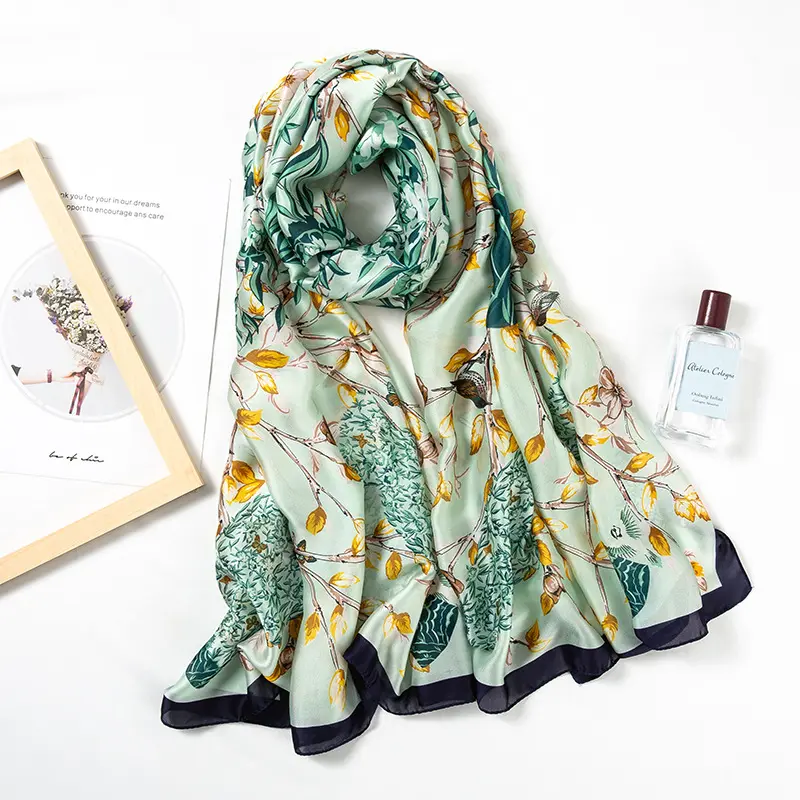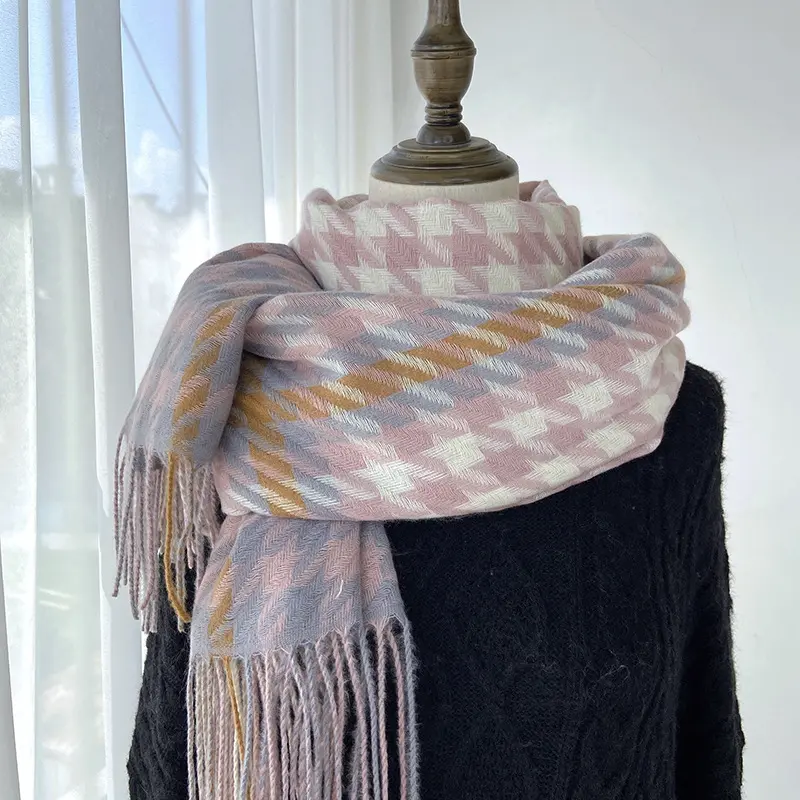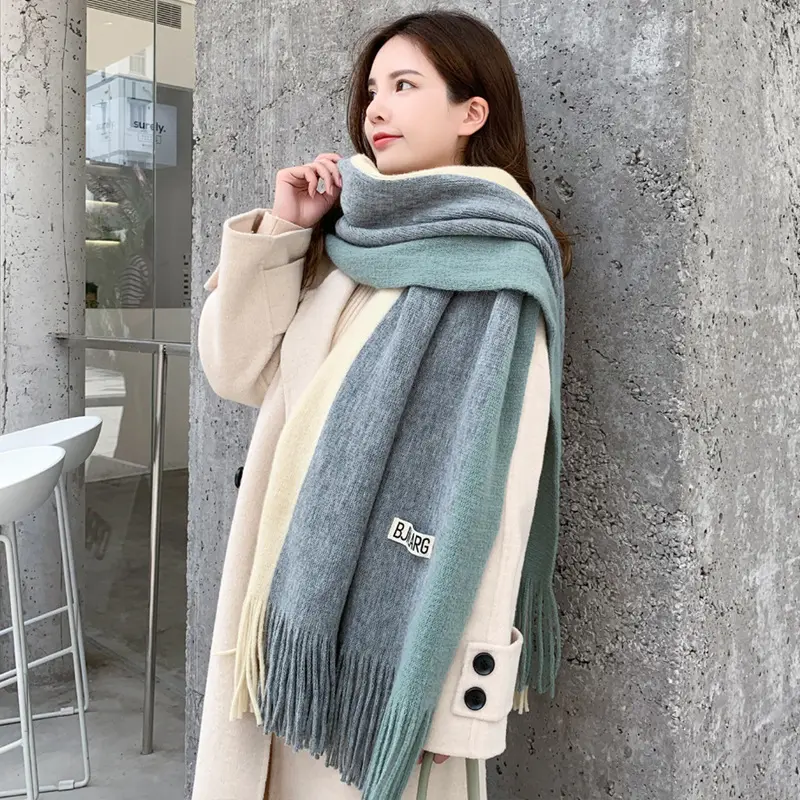The evolution of silk scarves from traditional to modern styles reflects the fusion of heritage craftsmanship with contemporary fashion sensibilities. Here’s how this evolution has unfolded:
1. Traditional Craftsmanship:
- Silk scarves have roots in ancient traditions, often associated with cultures like Chinese, Indian, and Mediterranean civilizations. These scarves were handcrafted using traditional methods, showcasing intricate designs and quality silk.
2. Cultural Significance:
- Traditional silk scarves held cultural significance, symbolizing status, wealth, and sometimes religious or ceremonial importance. They were often passed down as heirlooms.
3. Artistic Evolution:
- Over time, artisans started incorporating modern design elements into silk scarves, blending traditional patterns with contemporary aesthetics. This evolution allowed for a broader appeal across different demographics.
4. Fashion Industry Influence:
- In the 20th century, the fashion industry embraced silk scarves, popularizing them as versatile accessories. Designers like Hermès and Emilio Pucci contributed to their iconic status, introducing innovative designs and styles.
5. Experimental Designs and Techniques:
- Modern silk scarves showcase experimentation with colors, patterns, and printing techniques. Digital printing and innovative dyeing methods enable intricate designs and vibrant colors, expanding creative possibilities.
6. Adaptability and Versatility:
- Modern silk scarves are incredibly versatile, adaptable to various fashion trends and personal styles. They can be worn in numerous ways, encouraging individual expression and creativity.
7. Sustainable Practices:
- With growing awareness of sustainability, many designers and artisans are prioritizing eco-friendly silk production methods, contributing to a more sustainable and ethical fashion industry.
8. Collaboration and Innovation:
- Collaborations between fashion houses and artists have resulted in limited-edition silk scarves, blending traditional craftsmanship with contemporary artistry. These collaborations cater to diverse tastes and preferences.
9. Global Accessibility:
- Advancements in production and distribution have made silk scarves more accessible globally, allowing people from different regions to appreciate and incorporate them into their wardrobes.
10. Timeless Appeal:
- Despite embracing modernity, silk scarves retain their timeless allure. Their ability to transcend fashion trends and adapt to evolving styles ensures their continued relevance in the fashion world.
The evolution of silk scarves from their traditional origins to modern iterations highlights their enduring charm, combining heritage craftsmanship with innovation to cater to the ever-changing tastes of today’s fashion landscape.



